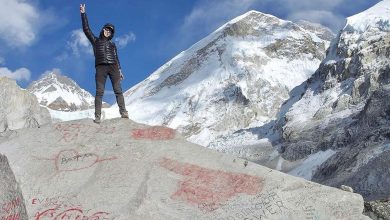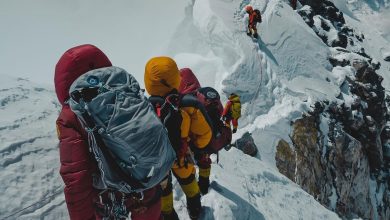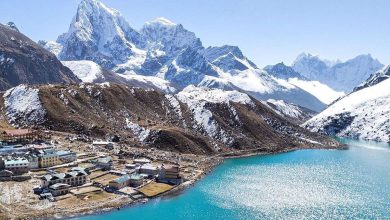Dangers of Climbing Mount Everest
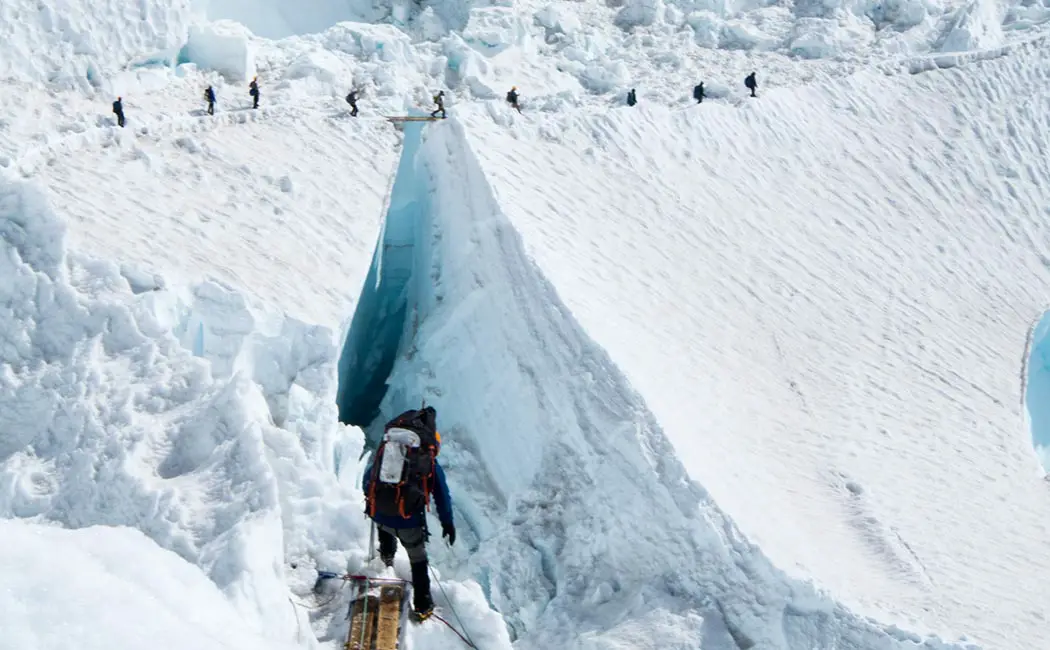
Mount Everest is such a mystical place on earth. But reaching its summit is one of the most dangerous tasks. Among the various mountain trails of Nepal, scaling Mount Everest is the most difficult one. The place’s structure, climate, and accessibility are a few things you need to know about to know the dangers of climbing Mount Everest.
In this article, we will be breaking down how people scale this mountain and the threats that come with it. We have facts and figures; this will be your best guide to knowing the dangers of climbing Mount Everest.
You may like to check: Hari Budha Magar- Double Amputee Who Summitted Mt. Everest and Kami Rita Sherpa Climbs Everest 28th Time to Break His Own Record
Understanding the threats to climb Mount Everest should be categorized based on the challenges you might personally face and the challenges anyone might face. The challenges you might personally face could be mitigated. However, the other challenges are usually unprecedented and can only be cautiously prevented.
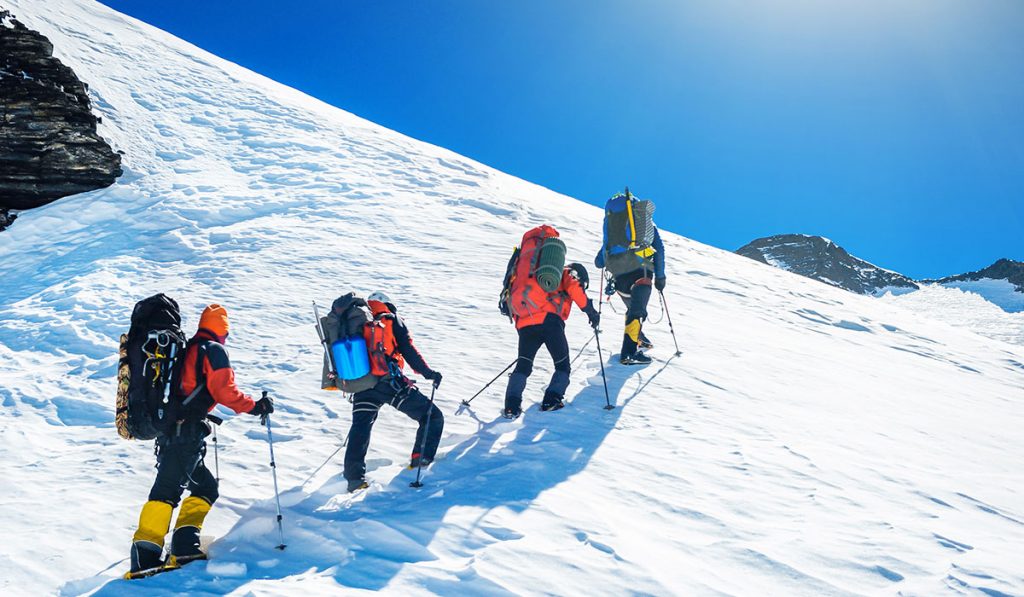
Individual challenges
The fundamental dangers of climbing Mount Everest on an individual level depending on one’s health, fitness, and experience. These challenges, although seemingly minute, could result in deadly consequences. We can efficiently mitigate these dangers. These dangers and their mitigation measures are simplified and explained in this article.
Altitude sickness and dehydration
An altitude above 8,000 meters of Everest is considered the “death zone“.The low oxygen levels at such a high altitude make survival very difficult. Altitude sickness might result in deadly neurological issues like High Altitude Pulmonary Edema(HAPE) and High Altitude Cerebral Edema (HACE).
This issue could, however, be easily mitigated. Learning to acclimatize after every 900 meters of the journey will allow your body to accommodate well throughout the climb.
You need to keep yourself hydrated. Drink warm soup and carry electrolytes. Staying hydrated and getting enough electrolytes can help you with your dehydration and help with altitude sickness.
Oxygen Deprivation
The oxygen levels below at the Everest base camp are at a 50% drop. It is a well-known science that the higher you go, the less oxygen saturation in the air. The further up you go, the oxygen levels keep decreasing.
Acclimating to such a low oxygen level is difficult, even slowly. Oxygen levels drop as low as 33% at the 8,000 meters point. So you must carry enough oxygen supplements. Very few well-experienced climbers are only acclimated to summit the mountain without an artificial oxygen supply. So, to save yourself from this danger, make your oxygen supply optimum.
Exhaustion
Scaling Mount Everest is not for the weak. People need months of training to be capable enough for this climb. Many people die due to exhaustion caused by the climb. So, plan your fitness boost to ensure the exhaustion does not get you.
The journey to scale Mount Everest begins before you even reach Nepal. You need to build your stamina, get fit, and train extra hard months ahead back home. If you have even the slightest doubt about your strength, cancel your plans.
Falls
Falls are one of the most unexpected individual challenges during the climb. One simple mistake, and you could quickly die. To mitigate such incidents, you should follow proper guidelines from the guides and team leaders. You must ensure rhythmic footwork and place the knots and equipment properly. For extra insurance, you can get services from leading trekking and mountaineering agencies that do not spare any room for such incidents.
Psychological and Neurological issues
Psychological issues triggered during such a long and crucifying climb could be a colossal disaster. Summit fever and anxiety attacks are likely to occur. If you plan this trip, you should seek a psychology professional for your well-being. You should diagnose your underlying mental issues beforehand rather than being triggered during the climb with no alternative solutions. Sometimes, it is best not to plan to scale Mount Everest if you have a mental illness.
Sometimes you might also face Neurological issues triggered by the climate of the Himalayas. Conditions like hypoxia, High Altitude Pulmonary Edema(HAPE), High Altitude Cerebral Edema (HACE), and sudden lapse to coma induced by the abovementioned sickness could occur.
Again ensure you learn to acclimatize every few 900 meters. Take tips from your agency guides and leaders. Ensure you spend on excellent agencies with professionals who could help you in such conditions.
Other health-related issues
Strokes or heart attacks have caused several cases of death. Although this issue might not have adequate mitigating measures, you must know of such occurrences. Avoid such danger by canceling your expedition if you have issues that could plague you into heart attacks.
Bad mountaineering agencies
Several agencies try and cut costs in gears and backups for profit, compromising the client’s safety. Bad choices could lead to dangers to your safety. So you need to choose mountaineering and trekking agencies that are well established and have a good rapport. You might have to pay more, but the safety it brings is worth it.
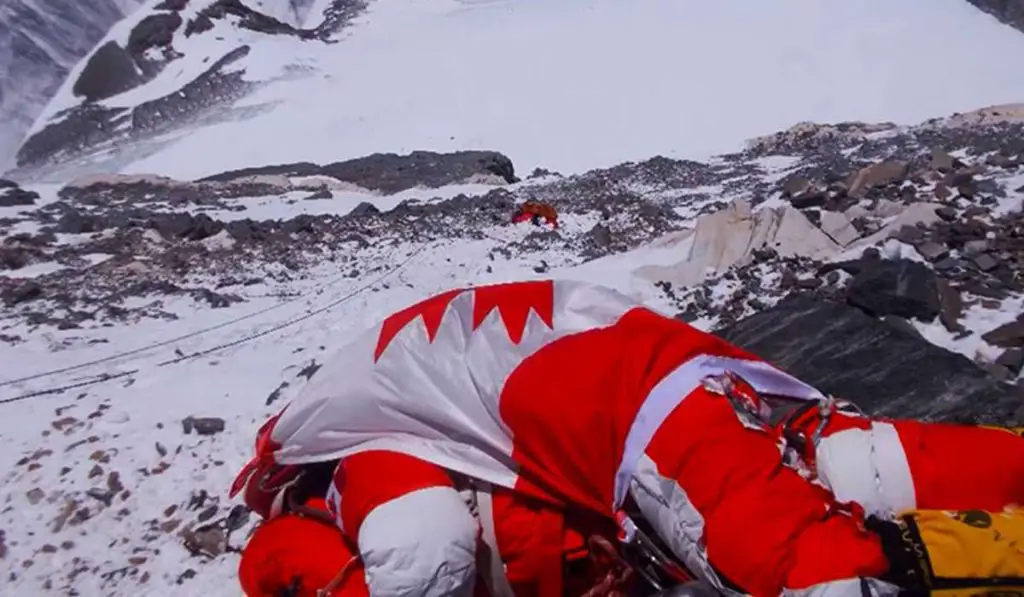
Unprecedented Challenges
Several things to consider while scaling Mount Everest aren’t in your hand. The dangers of climbing Mount Everet usually come from land structure, weather, and natural disasters. We can prevent these events by simply understanding their occurrence. Let us break down and see what these unprecedented challenges are.
Bad weather
The Weather on Mount Everest is quite unpredictable and changes very quickly. Heavy snowfall, thick cloudy weather, and frigid weather can quickly turn any event disastrous.
For most of the year, Everest has freezing weather. But even during relatively calm seasons, spring brings category-one hurricanes. The sudden snowstorms and winds here could quite literally kill you. The weather itself is a danger and, in addition to that, can cause other natural disasters like avalanches.
To avoid dangers caused by the unprecedented weather, plan your expedition for the relatively calmer spring season. This time usually comes from April to May in Nepal. Even while climbing during the season, you need to be cautious. Early weather forecast should be your friend. Do not ignore the signs given by the weather forecast.
Crevasses openings
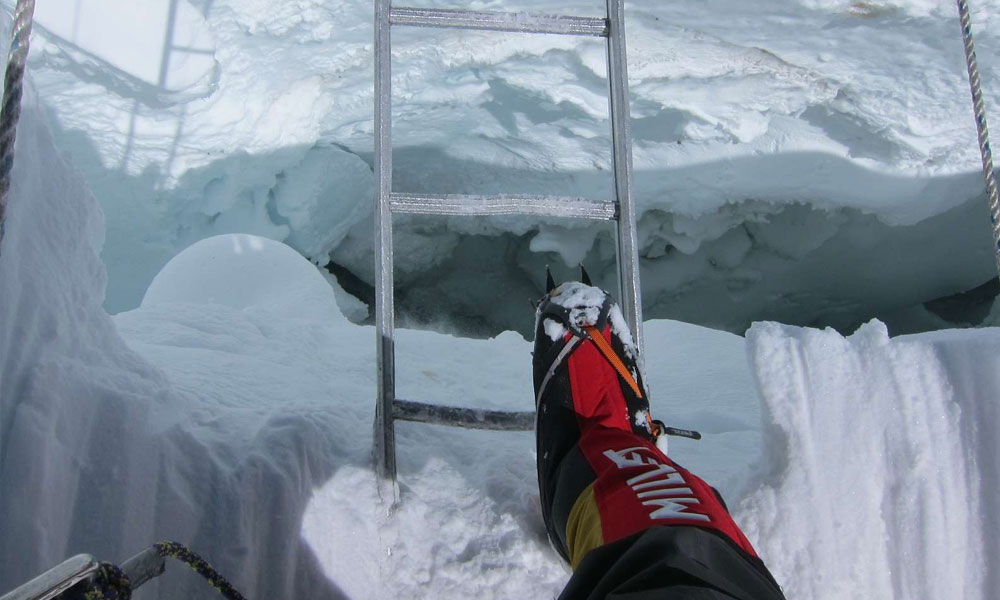
The cracks that occur in glacial ices are called crevasses. The Khumbu Ice Falls is notorious for the occurrence of such crevasses openings. These tiny cracks could result in falls. Some of these glaciers are as deep as 40 meters. If a climber falls through these cracks, they are undoubtedly dead.
Furthermore, these crevasses are often invisible as they are ice cracks. A slight trick of an eye could result in deadly accidents.
To prevent accidents caused by crevasses, proper equipment, and fixed ropes are tied between team members to ensure they can be rescued even if they fall. You need to be well-trained with your equipment and be sharp at handling the ropes during the climb to prevent yourself from such danger.
The Khumbu icefall
The Khumbu icefall happens due to the Khumbu glacier on the road to Everest. This region is also popularly known as the suicide passage. So, we can naturally guess that this comes from one of the deadliest structural dangers of climbing Mount Everest.
The glacier here moves very rapidly, causing large crevasses to open, resulting in the dangers of an accident or even the death of climbers. Sometimes the icefall even causes blockage in the route. The glacier, on average, causes almost 3 to 4 feet of ice to fall daily.
The easy way to prevent dangers from the Khumbu icefall is ahead planning. You ought to travel at the ideal time when the glacier ice is solid. The time before sunrise is considered the most suitable for this. Also, beware of this region during the early morning and late afternoon as it has high risks of icefall or crevasses. Besides this, the Khumbu icefall region is also prone to Avalanches caused by the icefall.
Avalanches
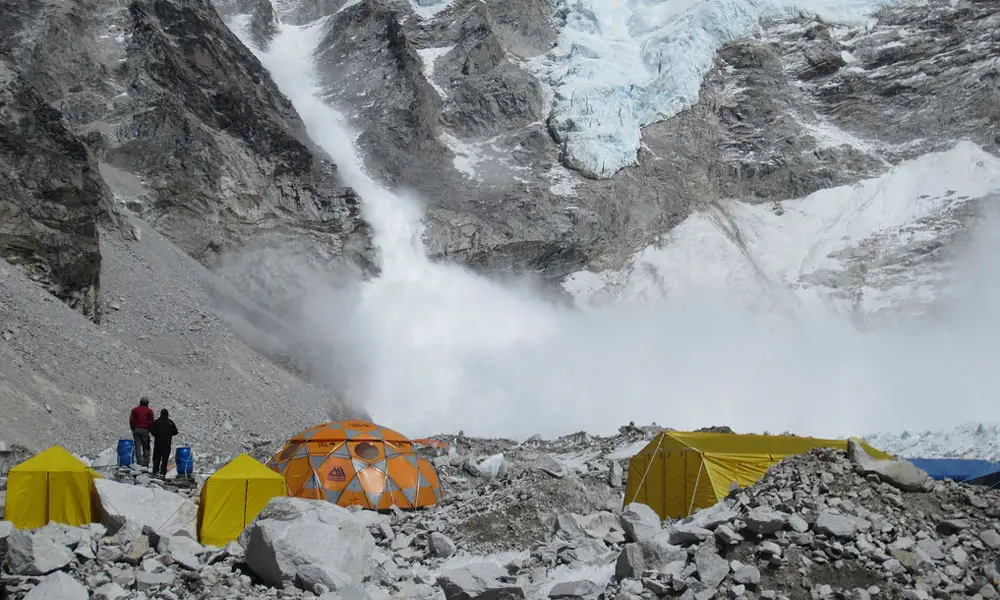
Avalanches are one of the most known dangers in the Himalayas. In the Everest region, avalanches occur due for various reasons. Snowstorms and bad weather could cause it. Sometimes crevasses, openings and icefalls, and glacier cracks could cause it. Avalanches could occur due to normal circumstances, weather/time of the day, or natural disasters.
Daily occurring avalanches
However, there are certain areas in the region where the likelihood of avalanche occurrence is higher. The North Col, South Col, and the Khumbu above Ice Falls are more prone to avalanches.
On top of falling ice caused by the avalanche, it also makes the falling of rocks and ice more hazardous. Their impact could easily cause danger. The dangers of such avalanches as the Khumbu Icefall will mitigate if you cross at a specific time, usually when there is less sunlight.
Avalanches caused by other natural disasters
The horrifying Earthquake in Nepal in 2015 was one of the deadliest disasters. The disaster had more horrifying consequences for the climbers at that period. The 2015 Nepal earthquake resulted in the worst avalanche disaster in the Everest trials. It caused a massive avalanche in the base camp, killing 15 ongoing climbers.
Similarly, strong winds and hurricanes in the area also result in avalanches. Although not as unprecedented, natural disasters like hurricanes also cause avalanches. They could still cause irreparable damages.
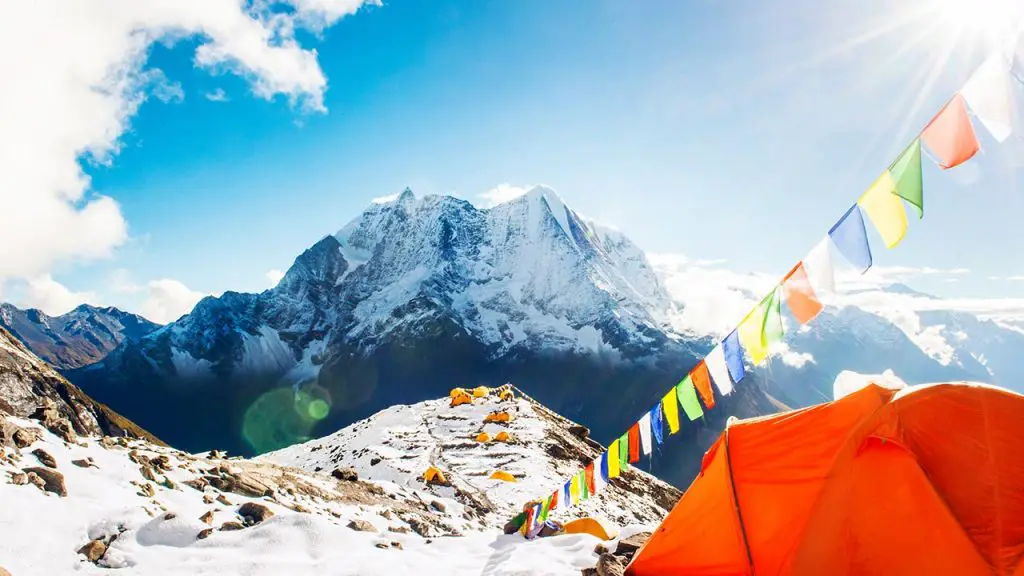
You may also like:
- How Hard Is It To Climb Mount Everest?
- How Many People Have Climbed Mount Everest?
- How Tall is Mount Everest?
Conclusion
The documented history shows that more than 300 people have lost their lives on the Nepali side of the mountain while trying to summit Everest. The expedition comes with lots of risks. An average climber to Everest must be able to carry a heavy weight of 30 pounds throughout their expedition, which might take anywhere from six weeks to nine weeks for a non-professional.
Scaling the mountain is truly a hell of a job.
Some unprecedented incidents while climbing Everest could even leave one stranded. Although some rescue helicopters are available in the region, they do not go further than the height of Camp 1. To conclude dangers of climbing Mount Everest for a regular individual outweigh the risk.
However, you do not need to miss out completely on experiencing the ethereal beauty of Everest. Climbing and summiting the mountain is not the only means of experiencing Mount Everest’s beauty. Trips to Everest Base Camp or the Kala Patthar viewpoint could also be a majestic experience.
You could trek the whole distance from Kalapani to Everest Base Camp for the experience, or you could choose to fly. The Everest Base Camp Helicopter tour is a convenient, safe, and significantly less exhausting option. It takes off at Lukla and to Everest Base Camp, then you will go to the Kala Patthar viewpoint, the best spot to view the magnificent beauty of Everest. After that, you will return to the base camp and back to Lukla.
You can finish your Everest sightseeing in a day through this helicopter tour.
If you are looking for easy peaks, you might want to check: How long does it take to climb Ama Dablam?
